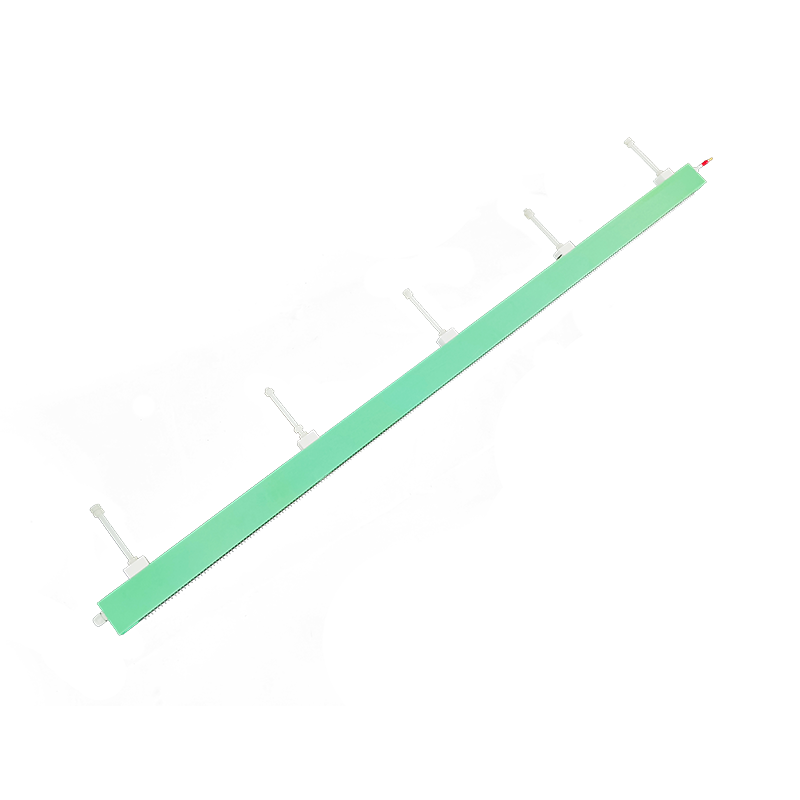Intelligent Diagnostics for Electrostatic Chuck High-Voltage Power Supplies: Revolutionizing Precision Monitoring and Fault Prediction
The electrostatic chuck (ESC), a critical component in semiconductor manufacturing and precision instrument assembly, relies on stable high-voltage power supplies (HVPS) for adsorption force, response speed, and safety. Recent advancements in intelligent diagnostics for HVPS—integrating multi-source signal analysis, core algorithms, and real-time monitoring—have transformed maintenance from passive repair to proactive prediction, enhancing manufacturing reliability.
1. Technical Foundation: Multi-Source Signal Fusion and Real-Time Analysis
Traditional ESC fault detection methods, such as visual inspection or single-point parameter testing, suffer from blind spots and delayed responses. Intelligent systems address this through:
1. Multi-Dimensional Signal Acquisition: By integrating voltage, current, temperature, and capacitive reactance sensors, the system captures real-time HVPS status. For example, during wafer processing, superimposing DC high voltage with low-frequency AC signals enables real-time calculation of capacitive reactance changes. This monitors wafer displacement and adsorption force without physical contact.
2. Dynamic Capacitive Reactance Monitoring: The system isolates AC components from the chuck current to identify three states—no wafer, wafer placed but not adsorbed, and wafer stably adsorbed—reducing fault leakage rates by over 90%.
2. Breakthroughs in Core Algorithms: From Linear Control to Adaptive Learning
Complex HVPS conditions (e.g., load fluctuations, temperature drift) demand advanced algorithms:
1. PID and Fuzzy Logic Synergy: Proportional-integral-derivative (PID) algorithms stabilize output during transient voltage jumps (e.g., nanosecond switching), preventing overshoot damage. Fuzzy logic algorithms dynamically adjust parameters in non-linear scenarios (e.g., impedance shifts due to overheating).
2. Multi-Objective Optimization and Deep Learning: Combining evolutionary algorithms with convolutional neural networks (CNNs) maintains voltage precision (millivolt-level) while optimizing energy consumption. Trained on historical fault data, the system predicts insulation aging 24 hours in advance, preempting short circuits.
3. Fault Prediction and Safety Assurance
HVPS failures—open circuits, shorts, overheating, or insulation failure—are mitigated through a three-layer mechanism:
1. Fault Tree Analysis: Models causal chains from top events (e.g., total failure) to root causes (e.g., aging circuits). If localized overheating is detected, the system traces it to cooling failures or overloads and activates power reduction.
2. Insulation Strength Testing: Reverse pulse voltages simulate charge release speed. Delayed responses trigger material defect alerts, intercepting substandard chucks.
4. Future Trends: Digital Twins and Edge Intelligence
As semiconductor processes advance below 3nm, intelligent diagnostics will evolve toward:
1. Digital Twin Platforms: Virtual replicas simulate HVPS states, combining historical data and physics models for fault simulation and decision optimization.
2. Edge Computing: Lightweight AI algorithms deployed locally enable microsecond-level responses, meeting high-speed process demands like etching and thin-film deposition.




















